hydrangeas & other plant combinations
amoc
16 years ago
Related Stories
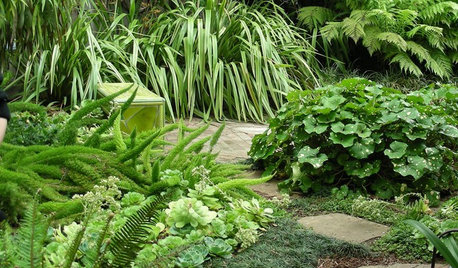
PLANTING IDEAS8 Sumptuous Shade Garden Plant Combinations
Enjoy these plant combinations made for spots with varying levels of shade and different garden zones
Full Story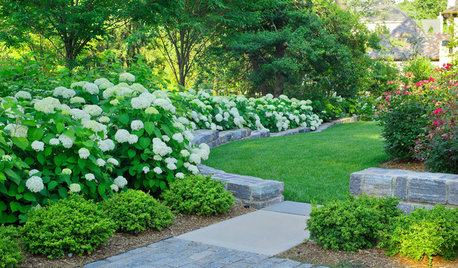
FLOWERS AND PLANTSHydrangea Arborescens Illuminates Garden Borders and Paths
This long-blooming eastern North American native shrub finds a home in landscapes around the world
Full Story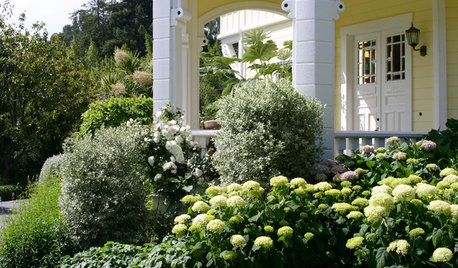
GARDENING AND LANDSCAPINGHave a Ball With Hydrangeas
Even if you don't tinker with the hue by changing the soil, hydrangeas have an entertaining range of uses in all kinds of landscapes
Full Story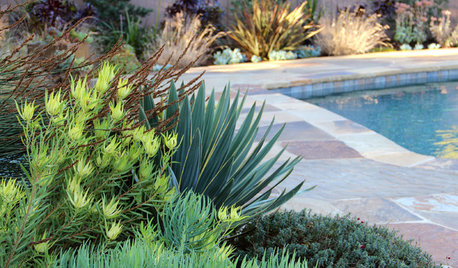
PLANTING IDEAS7 Stunning Plant Combinations for Low-Water Gardens
Find inspiration in these beautiful drought-tolerant companion plantings
Full Story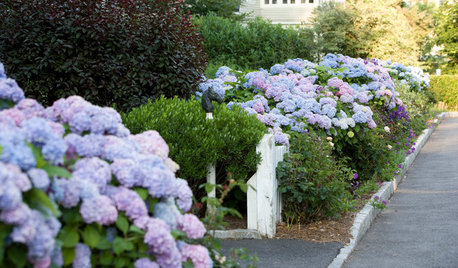
FLOWERSWhy You Should Give Hydrangeas a Place in Your Yard
The exuberant mop-headed beauties evoke dreams of an endless summer by the sea
Full Story
NATIVE PLANTSGreat Design Plant: Wild Bergamot, Friend of Foragers
Nourish butterflies and other winged creatures with the tubular flowers of Monarda fistulosa, a pretty pink native
Full Story
FLOWERS AND PLANTSHelp Monarchs and Other Butterflies by Planting Common Milkweed
Summer-blooming Asclepias syriaca is an important larval host plant for the monarch butterfly and attracts a number of pollinating insects
Full Story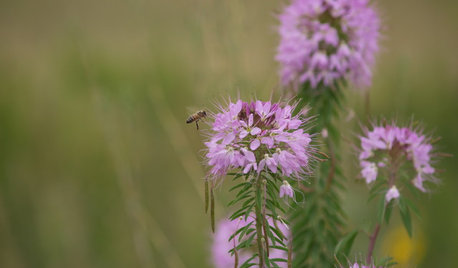
GARDENING GUIDESGreat Design Plant: Cleome Serrulata
Beckon bees and other pollinators in for a drink of nectar from this western U.S. native’s late-summer flowers
Full Story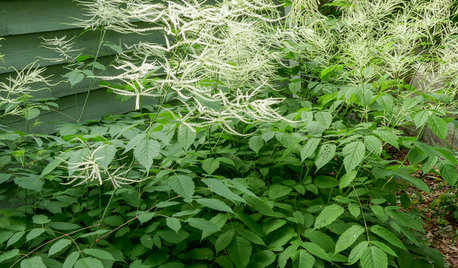
FLOWERS AND PLANTSAruncus Dioicus Is a Stately Plant for Shady, Moist Garden Spots
Plant goat’s beard in perennial and woodland gardens. Its large white spring blooms attract bees, beetles and butterflies
Full Story
GARDENING GUIDESGreat Design Plant: Asclepias Incarnata for a Butterfly Garden
Beautiful swamp milkweed makes it easy to help monarchs and other pollinators in eastern U.S. gardens
Full StoryMore Discussions






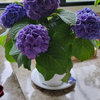
ostrich
ostrich
Related Professionals
Glen Ellyn Landscape Architects & Landscape Designers · South Elgin Landscape Architects & Landscape Designers · Cary Landscape Contractors · Cupertino Landscape Contractors · Marlborough Landscape Contractors · Melrose Park Landscape Contractors · Mequon Landscape Contractors · Milford Landscape Contractors · Petaluma Landscape Contractors · Wentzville Landscape Contractors · Lincoln Siding & Exteriors · Wichita Siding & Exteriors · Glen Burnie Siding & Exteriors · Inwood Siding & Exteriors · Tigard Siding & Exteriorsgardengal48 (PNW Z8/9)
amocOriginal Author
luis_pr
nd_garden_gal_71
amocOriginal Author
nd_garden_gal_71